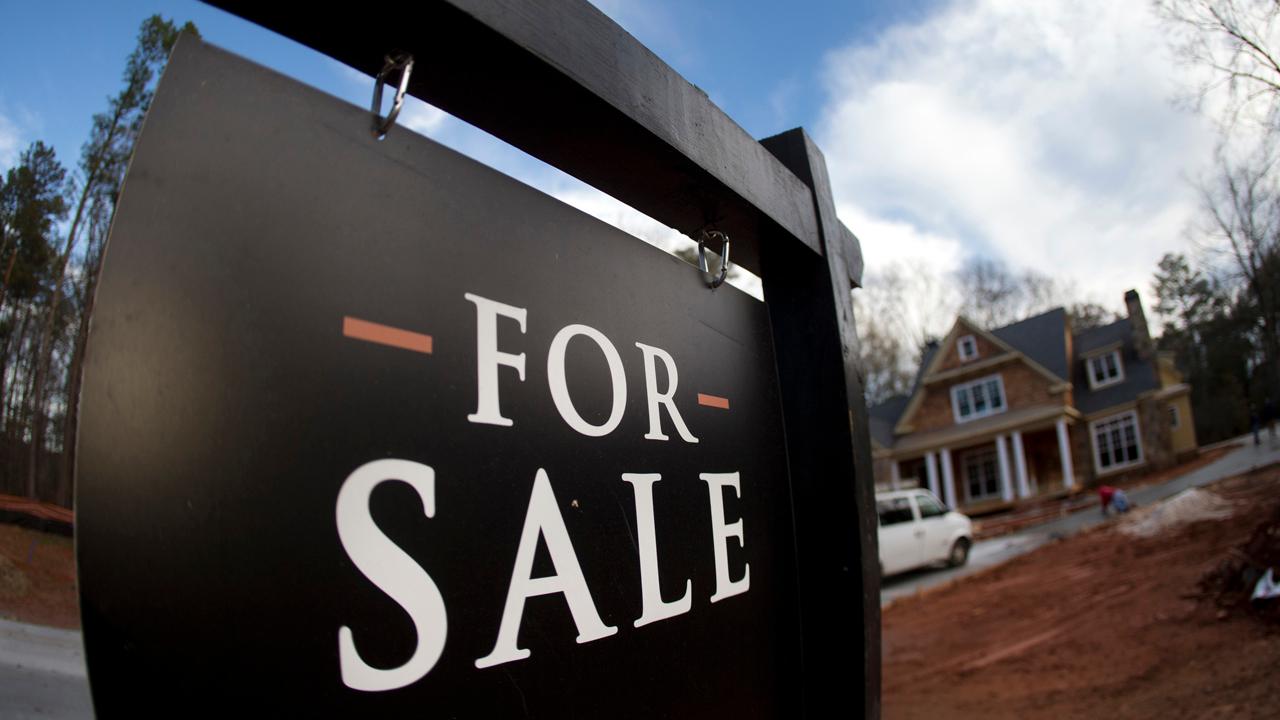Taxpayers may be on the hook for more risky home loans
As troubling signs bubble up in the U.S. economy — concerns are also rising in the U.S. housing market, where taxpayers could be on the hook for risky mortgages taken on by the federal government.
This week, many economists cautioned about the risk of a possible recession, after American manufacturers recorded their worst month since the Great Recession. Additionally, fewer consumers were purchasing large household items and expressing optimism about the future – two indicators that have historically predicted economic trouble ahead.
At the same time, however, homebuyers with low credit scores and high levels of debt have enjoyed easier access to home loans.
Considering risky home loans led to the financial crisis in 2008, some experts have begun expressing concern.
"We absolutely could have a repeat," GraniteShares CEO Will Rhind told FOX Business' "Cavuto: Coast to Coast." "This is something I've been worried about for a long time.”
The level of government-backed housing debt rose to a record high this year, according to data from the Urban Institute — as cited by The Washington Post. And nearly 30 percent of loans guaranteed by Fannie May in 2018 went to homeowners whose debt payments amounted to nearly half of their incomes — nearly double the share since 2015.
A so-called GSE patch, created in the wake of the financial crisis, was implemented as a temporary way to allow American borrowers with high levels of debt to access credit. It allows Fannie Mae and Freddie Mac to hold mortgages for people whose debt-to-income ratio exceeds 43 percent.
According to data from CoreLogic, the patch accounted for about $260 billion worth of home loan originations in 2018, which is equal to about 16 percent.
Fannie and Freddie hold about one-third of all mortgages, in part, because of the patch.
Another government agency, the Federal Housing Administration, expressed concern this year about trends bubbling up in the market that had led to an “increase in higher-risk credit characteristics.”
In 2018, the FHA insured more than 1 million mortgages for single-family homes. Meanwhile, the average FHA-borrower’s credit score declined in 2018, to 670 – the lowest level since 2008. Credit scores have continued to decline so far this year and have been on a downward trend since 2011.
More than half of FHA-insured forward mortgage purchase transactions during the last fiscal year were comprised of mortgages where the borrower had a debt-to-income ratio above 50 percent – another troubling trend that has continued into the current fiscal year.
There are also an increasing number of instances where borrowers have both a credit score below 640 and a debt-to-income ratio above 50 percent.
CLICK HERE TO READ MORE ON FOX BUSINESS
Rhind noted, however, that unlike the last recession, banks are more capitalized today.
Others have said that the economy is structured in a way that pushes people toward homeownership, even if it’s not necessarily in their best financial interest.
"I don't have a problem with people buying houses, taking out mortgages, but we do have a system that artificially encourages that,"
Fannie and Freddie have been receiving federal support since they were put under federal control more than a decade ago. That means taxpayers could be on the hook in the event of another potential downturn.
On the bright side, there have been a number of initiatives underway to transfer risk away from taxpayers. While Fannie Mae has a Credit Risk Transfer program, the Trump administration is also working on a plan to return the government-sponsored entities to the private sector.
GET FOX BUSINESS ON THE GO BY CLICKING HERE
The Trump administration also said it did not intend to renew the GSE Patch when it expires in 2021, or when Fannie and Freddie are no longer under conservatorship.
The Federal Housing Administration said earlier this year that it planned to crack down on riskier mortgages – reversing its 2016 move to loosen standards. The agency was to put a larger share of mortgages through a more strenuous, manual underwriting process, telling lenders it intended to identify more loans as high risk.




















